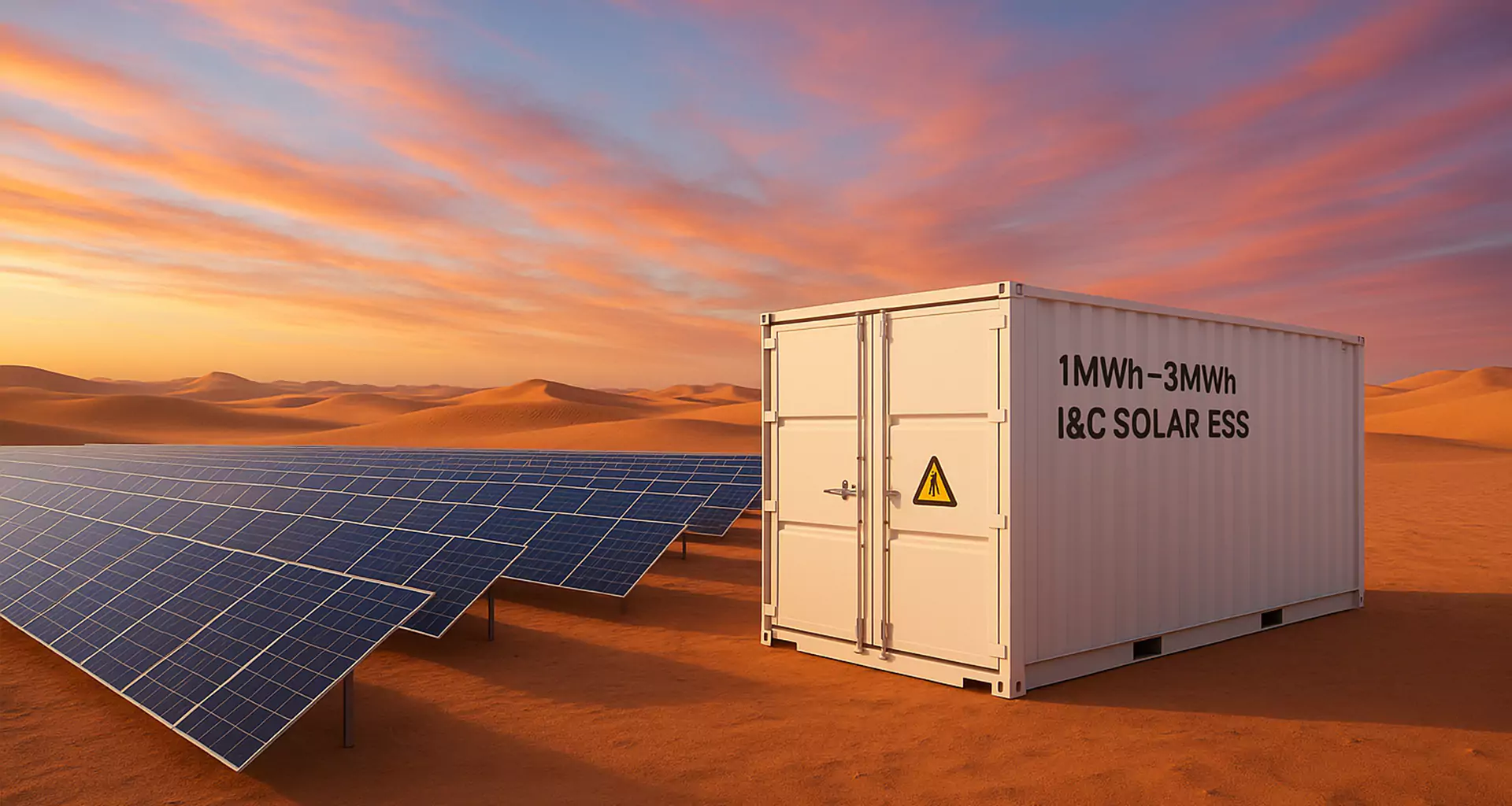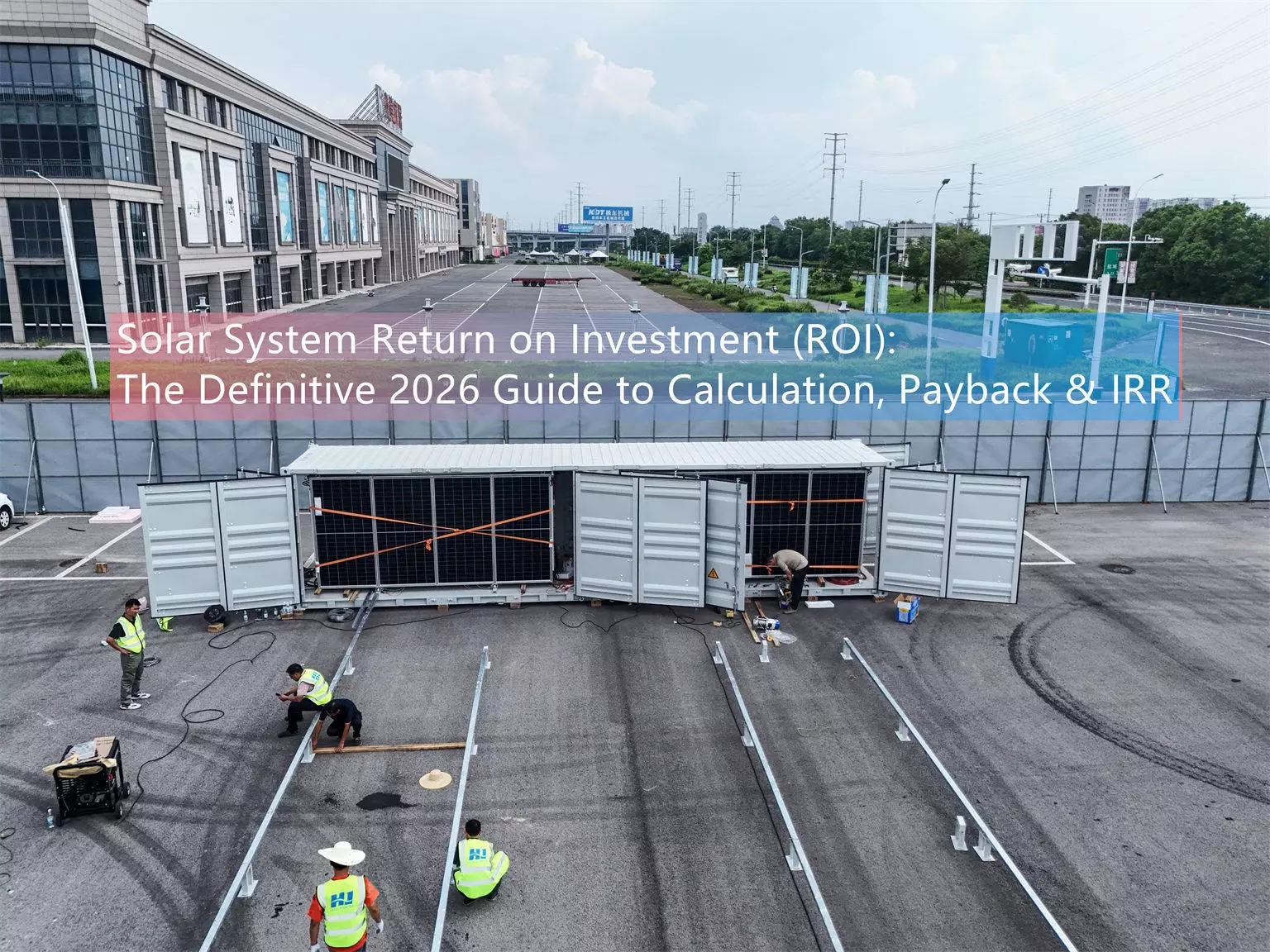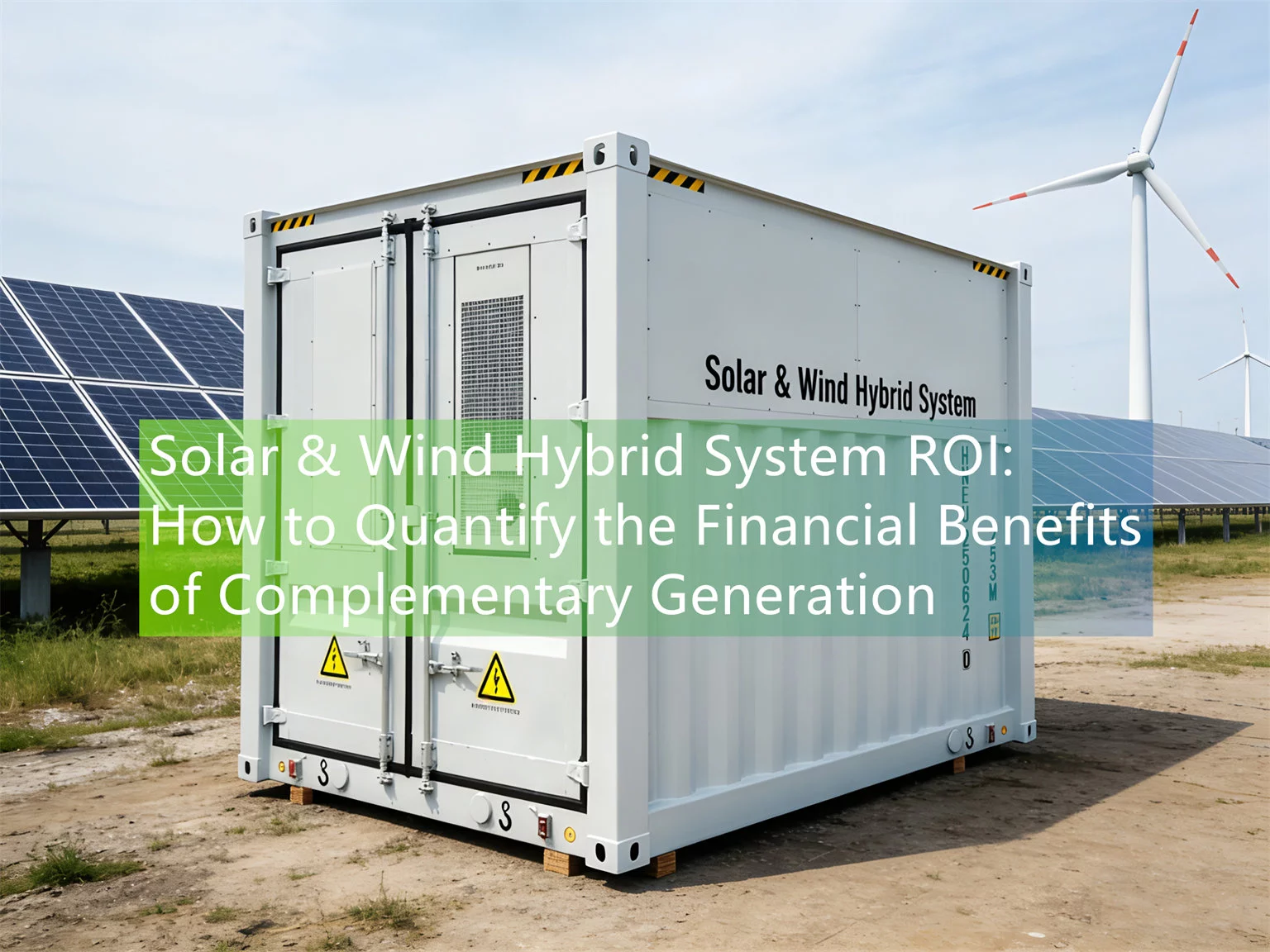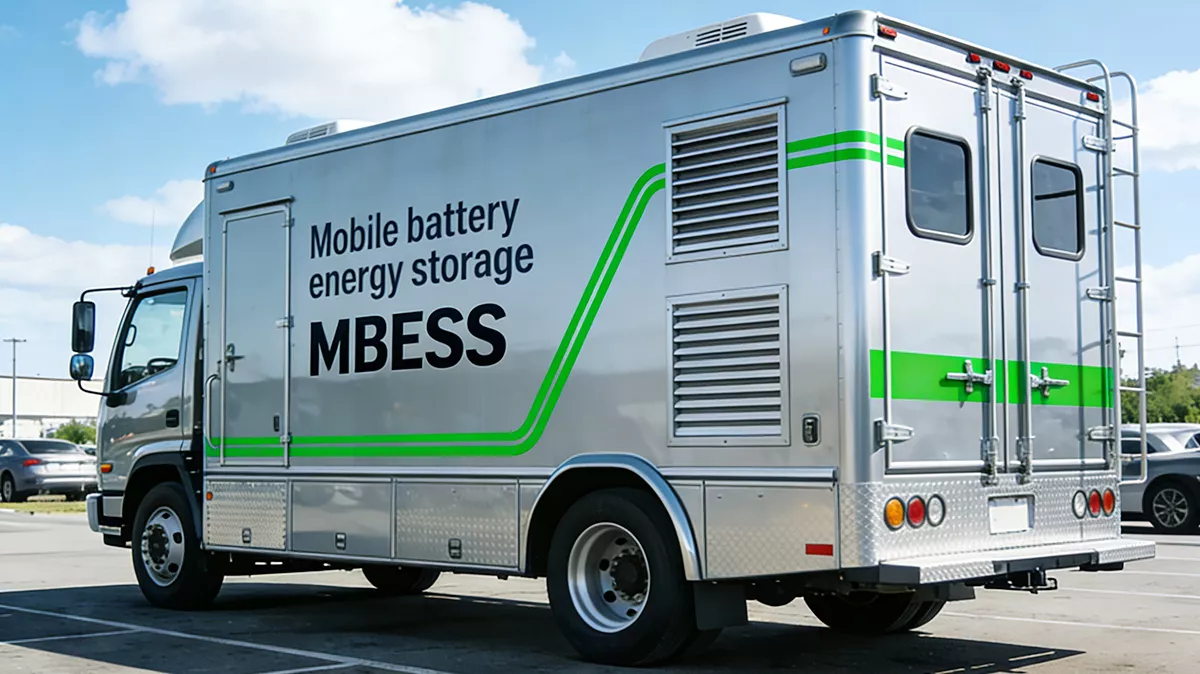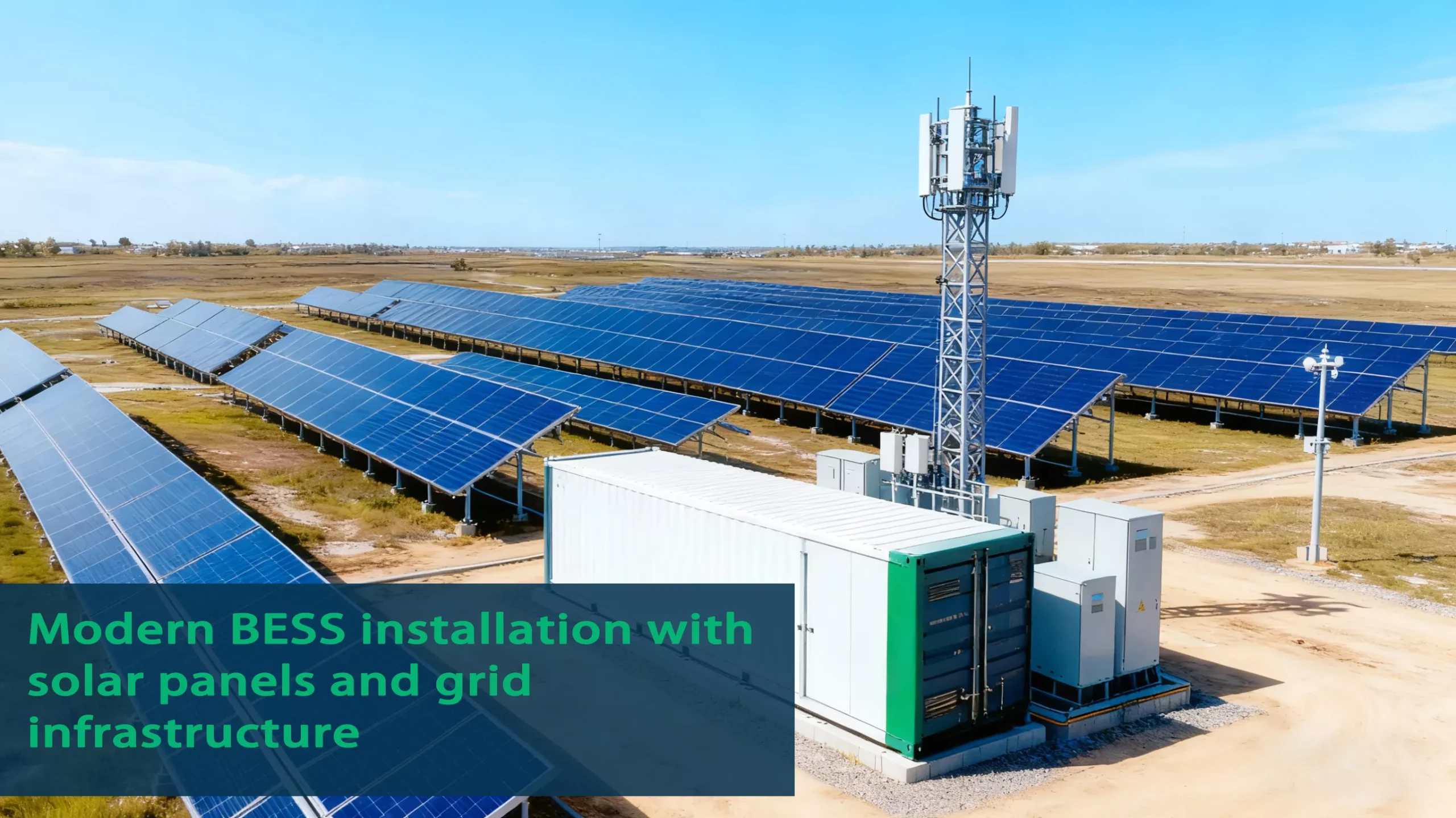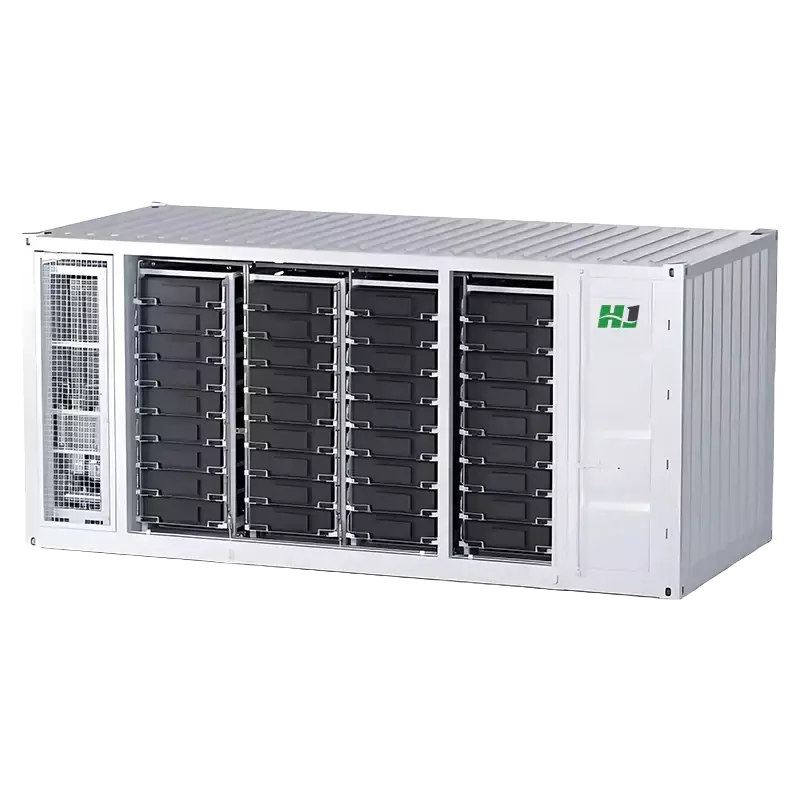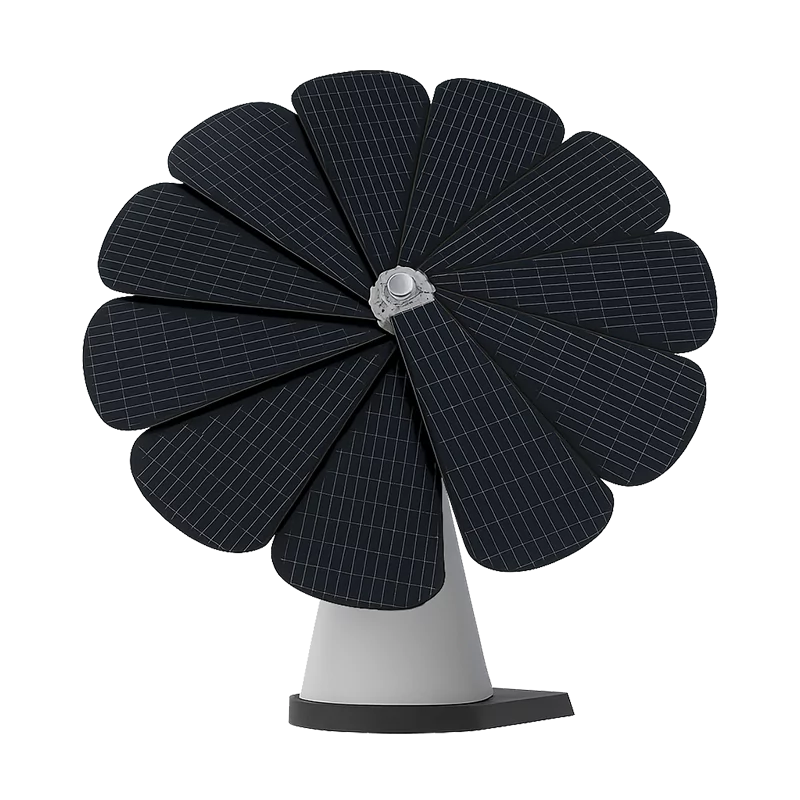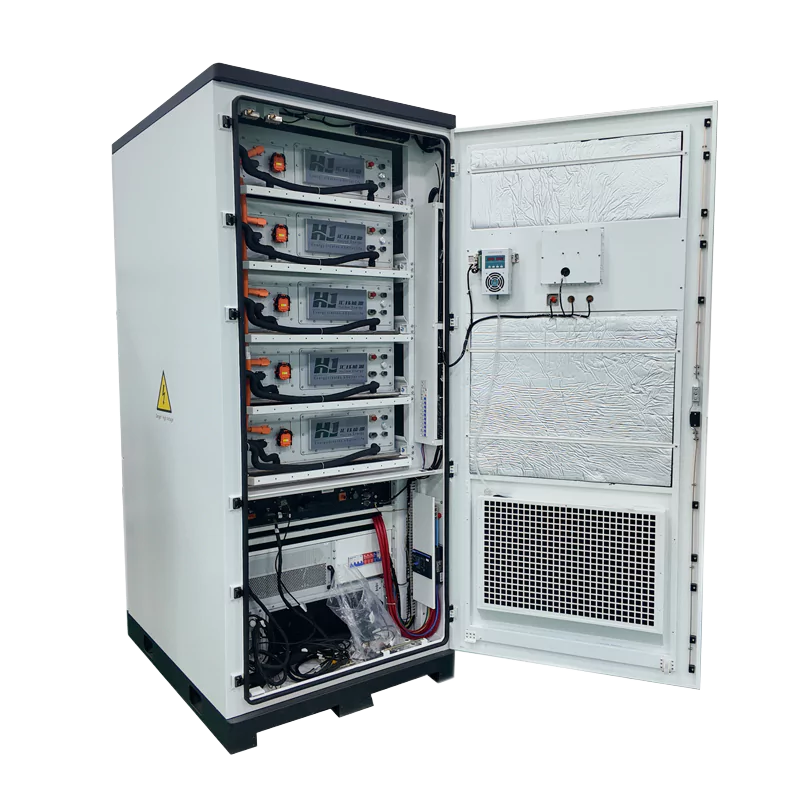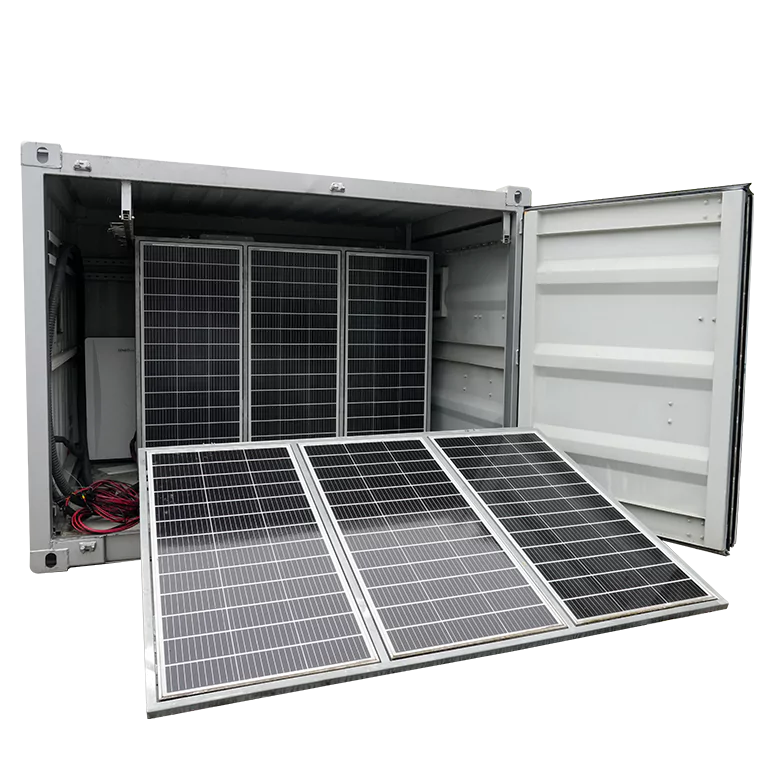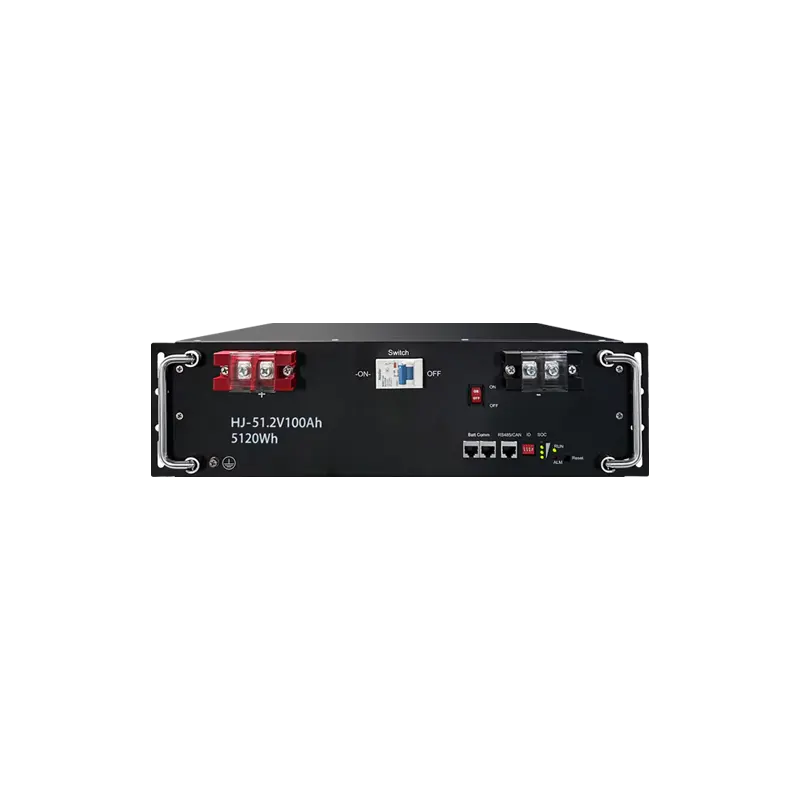LFP Battery Storage Systems: Key Benefits, Applications, and Market Insights
Introduction
As the world transitions to renewable energy, LFP Battery Storage Systems have become indispensable due to their remarkable safety, long lifespan, and superior performance. These systems, powered by lithium iron phosphate (LFP) technology, are revolutionizing energy storage for residential, commercial, and industrial applications. This article offers a comprehensive introduction to LFP Battery Storage Systems, exploring them from multiple perspectives, which include comparisons with different common battery technologies, technical specifications, utility cases, market trends, and the benefits of HighJoule.
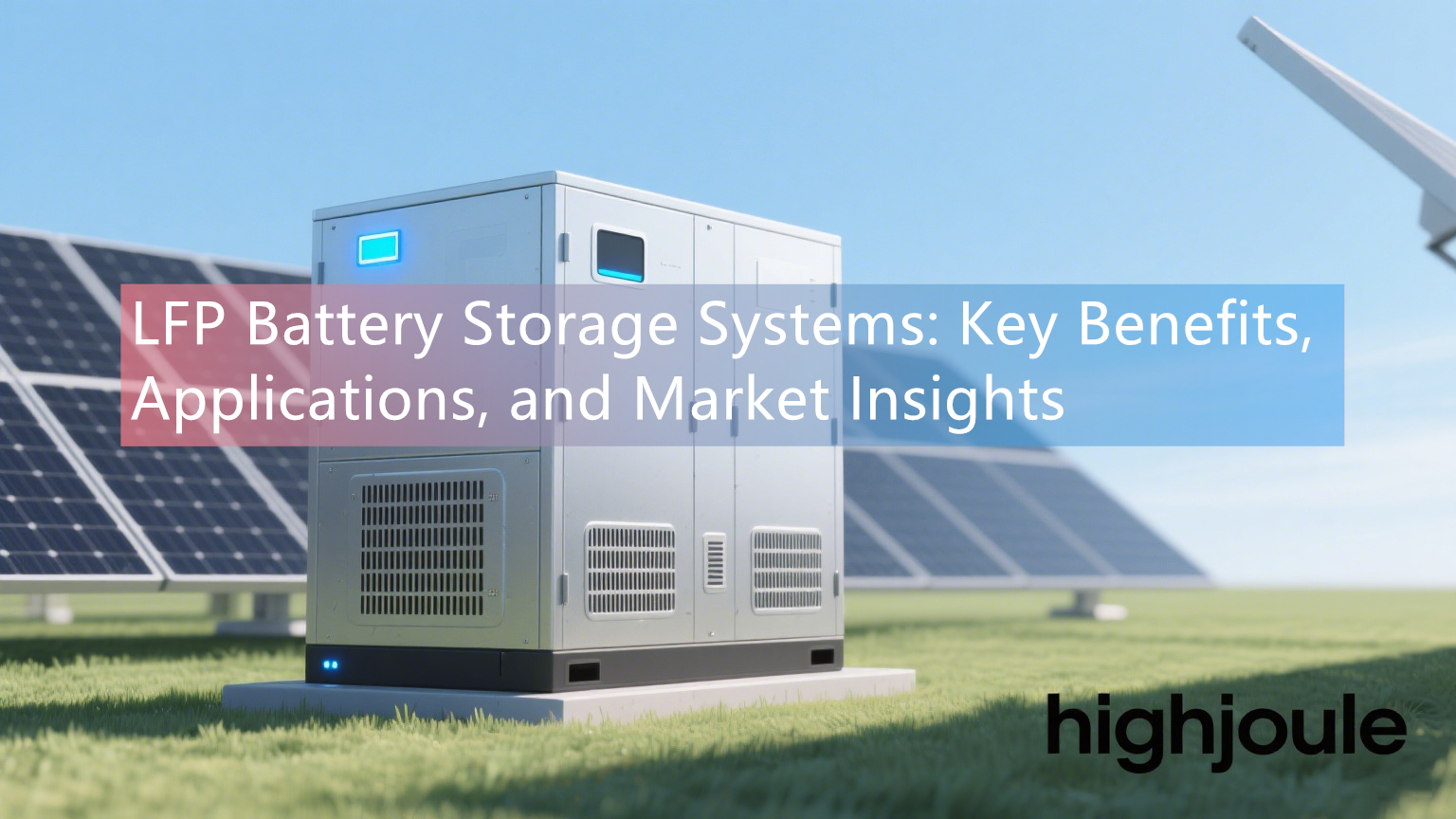
Technical Comparison with Other Battery Energy Storage Systems
To better understand the advantages of LFP Battery Storage Systems, we will conduct a detailed comparison with other common battery chemistries such as Nickel-Cobalt-Manganese (NCM), Lithium Cobalt Oxide (LCO), Lead-Acid, and Sodium-Ion batteries.
| Comparative Aspects | LFP Battery Energy Storage System | NCM Battery Energy Storage System | LCO Battery Energy Storage System | Lead-Acid Battery Energy Storage System | Sodium-Ion Battery Energy Storage System (Emerging) |
|---|---|---|---|---|---|
| Cycle Life (Specific Depth of Discharge) | 6,000 – 8,000+ Cycles (80% Depth of Discharge) | 3,000 – 5,000 Cycles | 500 – 1,500 Cycles | 500 – 1,500 Cycles | 5,000+ Cycles |
| Thermal Runaway Risk | Very Low | Medium – High | Prone to Overheating and Fire | Not Applicable | Low |
| Energy Density | 120 – 160 Wh/kg | 150 – 220 Wh/kg | – | 30 – 50 Wh/kg | 70 – 160 Wh/kg |
| Cost per kWh (2024) | $90 – $130 | $100 – $150 | – | $150 – $200 | $80 – $110 (estimated) |
| Best Applications | Industrial Energy Storage Systems, Backup Power | Electric Vehicles, Consumer Electronics | – | Automotive (in positive cases) | Grid-Scale (Emerging) |
(Data Source: Wood Mackenzie Energy Storage Report, Q2 2024, associated enterprise data)
As can be seen from the table, LFP battery storage systems offer significant advantages in cycle life and safety, making them a reliable choice for a range of applications, especially those requiring high durability and threat control.
Key Technical Specifications of LFP Battery Energy Storage Systems
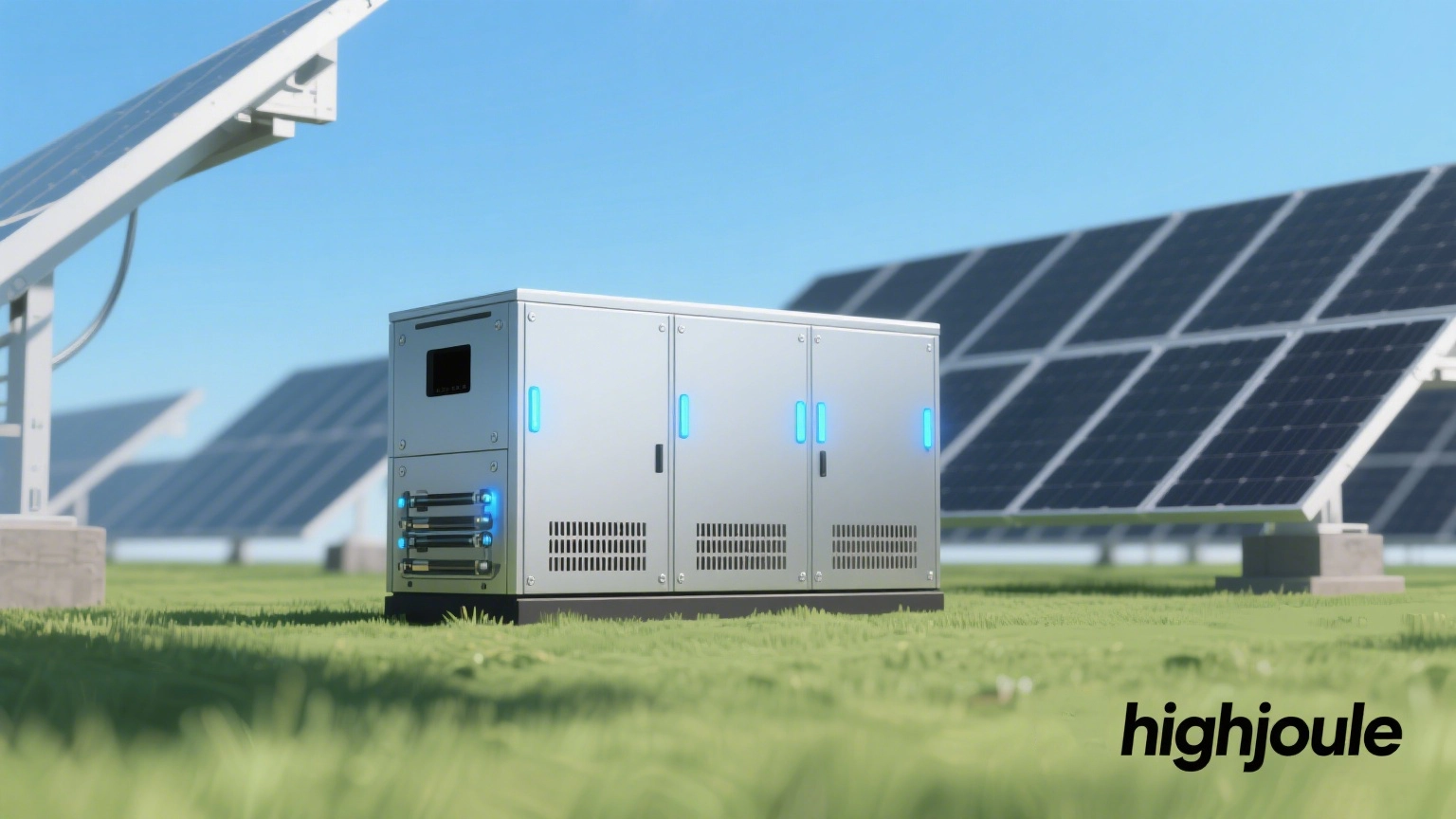
Power Capacity and Voltage
LFP Battery Storage Systems are accessible in a range of energy potential ranges. For instance, containerized units typically range in capacity from 500kWh to 3.5MWh, with each battery cell operating at a nominal voltage of 3.2V and a cutoff voltage between 3.6V and 3.65V. Some mobile power units, designed for road-certified trailers, offer capacities between 100kWh and 500kWh. The standard voltage architecture for industrial purposes is 1500VDC, which helps optimize energy output and machine integration.
Battery Management System (BMS)
The Battery Management System (BMS) is a crucial component of the LFP Battery Storage System, providing multi-layer protection for the battery cell, string, system, and cloud to ensure optimal performance and safety. For example, HighJoule’s device makes use of a four-layer BMS that monitors the voltage, current, and temperature of every battery module in real-time to ensure optimum operation and module balancing, whilst also enhancing safety by mitigating the risk of thermal runaway.
Modular Design
The modular design of LFP Battery Storage Systems allows for easy installation and scalability, making it ideal for both small-scale and large-scale energy storage projects. In containerized or cellular units, modules can be quickly assembled on-site, permitting customers to flexibly increase or decrease capacity based on changing energy storage needs. This flexibility makes LFP Battery Storage Systems particularly suitable for residential, commercial, and industrial projects.
Application Scenarios and Case Studies
Residential Backup Power
In Zurich, Switzerland, many homeowners have adopted LFP Battery Storage Systems to store excess solar energy, reducing their dependence on the grid by 60% and saving about CHF 1,000 annually on electricity bills.
Commercial and Industrial Energy Storage
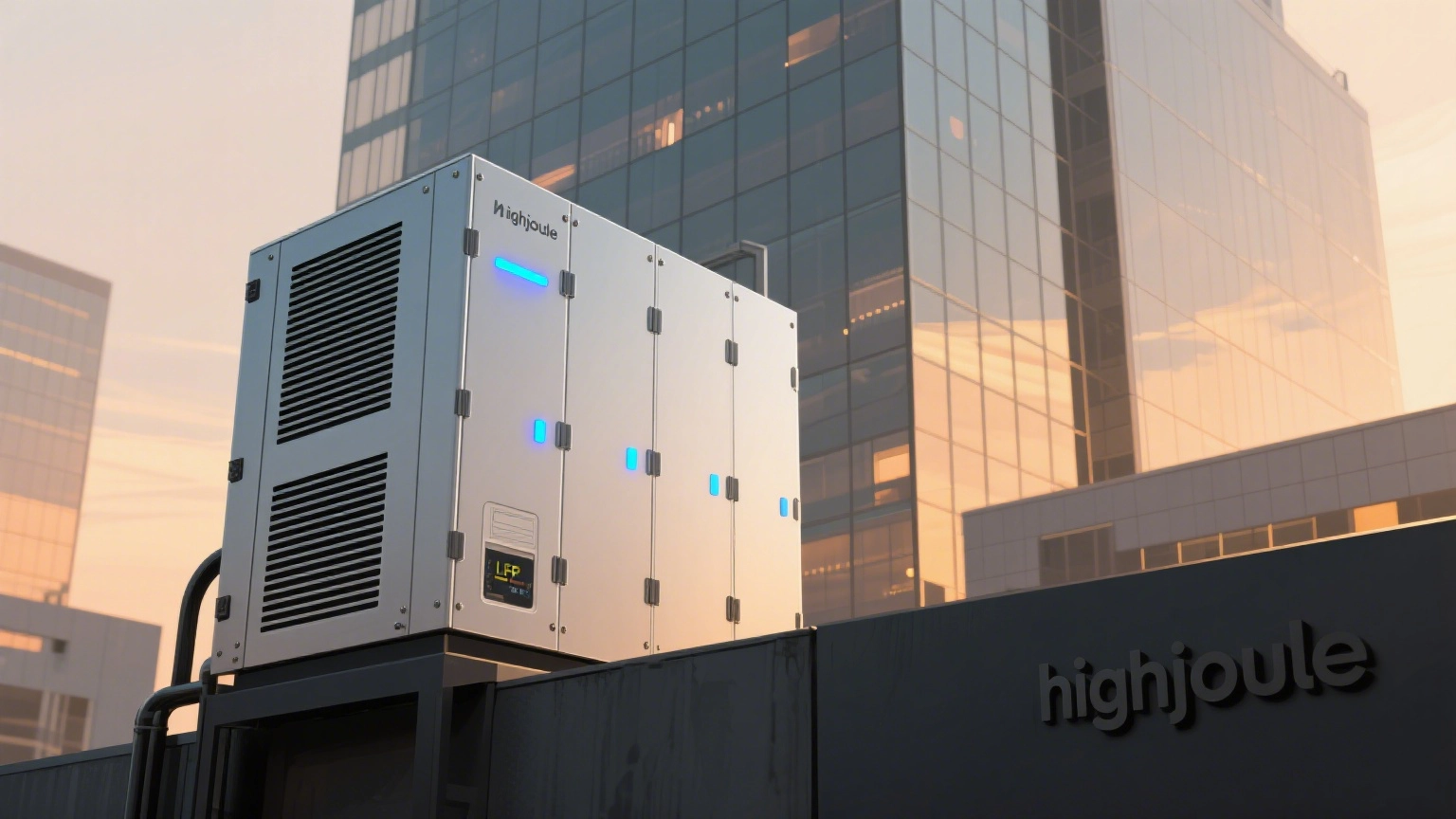
In Madrid, Spain, a commercial facility utilizes an LFP Battery Storage System in combination with rooftop solar panels. The system stores solar energy during the day and powers the business during peak hours, leading to over 30% savings on energy costs and significantly reducing its carbon footprint.
In 2023, NovaAuto’s Brussels plant in Belgium installed a 4.5MWh LFP system, achieving annual demand cost savings of €380,000 and a payback period of just 3.8 years, highlighting the financial advantages of LFP Battery Storage Systems for industrial peak load reduction.
Grid Stabilization and Renewable Energy Integration
On Kauai, Hawaii, a 52MWh LFP battery energy storage system was established in conjunction with a solar energy plant. This combination reduced diesel consumption by 34% and provided a payback period of 4.2 years, demonstrating the critical role of LFP Battery Storage Systems in renewable energy integration and grid stability.
Backup Power for Critical Infrastructure
A 2 MWh LFP Battery Storage System was installed at Hope General Hospital in Sydney, Australia. During a grid outage in 2023, the system provided energy to the critical care unit for over eight hours, ensuring zero downtime and demonstrating the reliability of LFP Battery Storage Systems in ensuring a continuous power supply for critical facilities.
Mobile Power Units
LFP-based mobile power units, with capacities ranging from 100 kWh to 500 kWh, can be fitted on road-certified trailers and deployed within 60 minutes. These units are especially suitable for temporary or off-grid applications that require fast and reliable power, such as disaster response, film shoots, and remote construction.
Market Trends and Drivers
According to a 2024 Bloomberg New Energy Finance report, the global market for lithium iron phosphate battery storage systems is growing rapidly, with deployments up 78% from last year. This growth is driven by several key factors.
Cost Trend
Since 2020, LFP battery costs have fallen 18% annually, making them increasingly more cost-competitive. Combined with their long lifespan and low maintenance requirements, the overall cost-effectiveness of LFP Battery Storage Systems continues to improve.
Policy Support
The US Inflation Reduction Act (IRA) offers a 30% tax credit for energy storage systems, driving the adoption of LFP Battery Storage Systems by businesses and individuals. Similar policy support in other regions has also contributed to the popularity of LFP batteries.
Durability Demand
Approximately 87% of industrial customers prioritize battery energy storage systems with warranties exceeding 10 years. LFP systems, which offer a 15-20 year lifespan and a 10-year/6,000-cycle guarantee like HighJoule, meet this requirement.
HighJoule’s LFP Battery Energy Storage Solutions
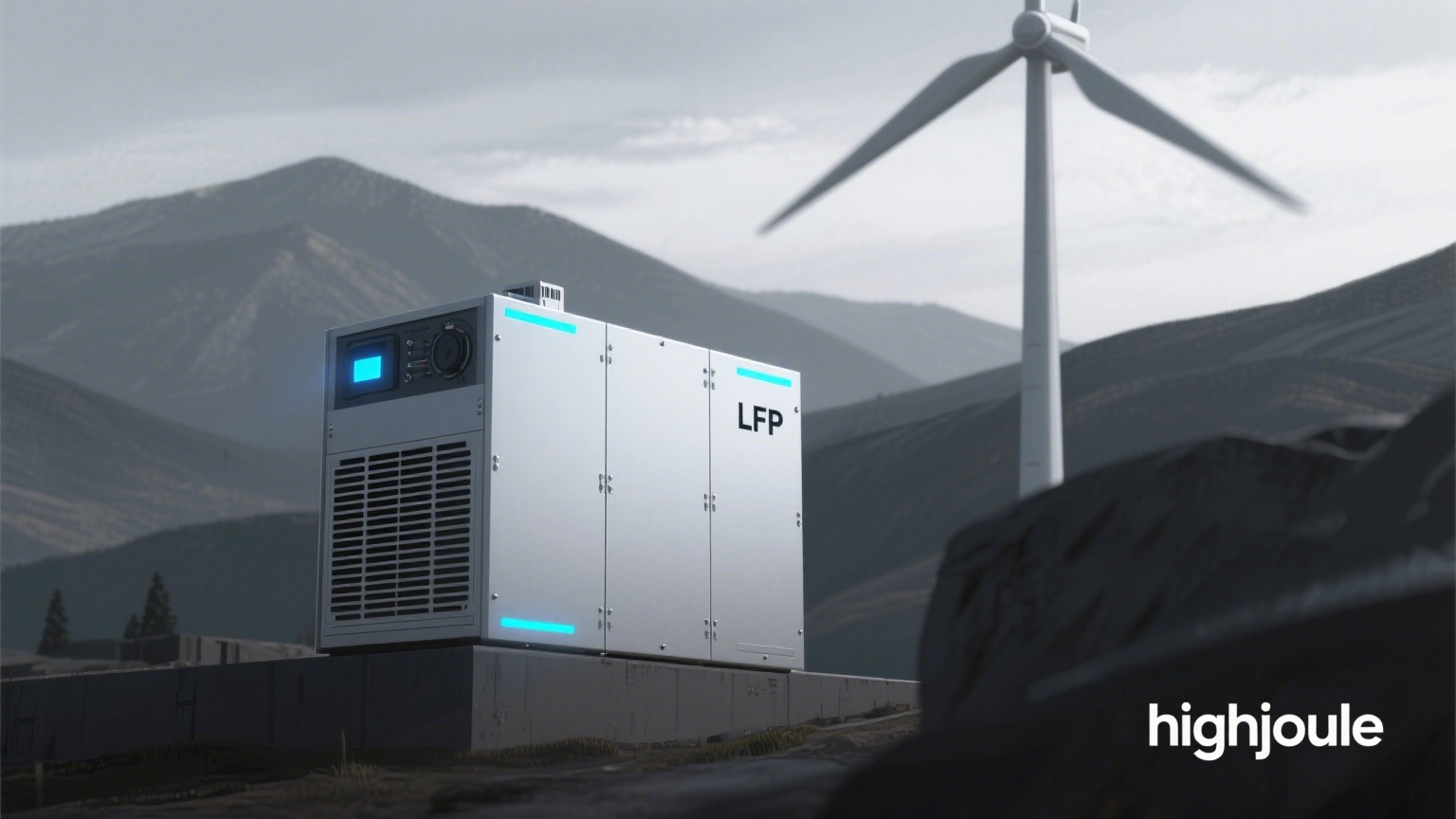
HighJoule stands out in the LFP battery storage market by offering multiple key features:
- Performance Guarantee: Our LFP Battery Storage Systems come with a 10-year/6,000-cycle warranty, ensuring long-term reliability and performance. Our 1500V system reduces balance-of-system costs by 23% compared to 1000V platforms, optimizing the overall cost of energy storage projects.
- Safety Guarantee: Our systems provide enhanced protection with a multi-layered BMS system, including thermal runaway protection. Furthermore, all systems are certified to industry standards such as UL9540A, IEC62619, and UN38.3, ensuring peace of mind.
- Customization and Global Coverage: We provide flexible energy storage options that can be tailored to each customer’s needs, whether for residential, commercial, or industrial applications. Our LFP Battery Storage Systems have been deployed globally and consistently deliver energy savings and efficient performance across different areas and time zones.
- Monitoring and Support: HighJoule offers 24/7 monitoring services across 12 time zones, ensuring a timely response to any issues during the operation of LFP Battery Storage Systems and ensuring their smooth operation.
Conclusion
LFP Battery Storage Systems have become a leading choice in the energy storage sector due to their exceptional technical features, broad application potential, and strong market growth. Whether applied to residential, commercial, industrial, or critical infrastructure applications, especially in the context of renewable energy integration, LFP Battery Storage Systems offer a reliable, cost-effective, and sustainable solution. HighJoule is committed to providing high-quality LFP Battery Storage Systems, further strengthening their role in building a resilient and efficient energy future.
To examine extra about HighJoule’s LFP Battery Storage Systems and our products, please go to our product page.
(Note: Data and facts are sourced from Bloomberg New Energy Finance’s 2024 Energy Storage Market Outlook, Wood Mackenzie’s Q2 2024 Price Tracker, the UL 9540A security verification report, Audi’s Brussels plant’s 2023 Sustainability Disclosure Report, and other applicable enterprise reports.)
Find Your Solar + Battery Storage Specialist Now!
* Fill out this form and our experts will help you find the perfect solar storage solution for your home or business.


